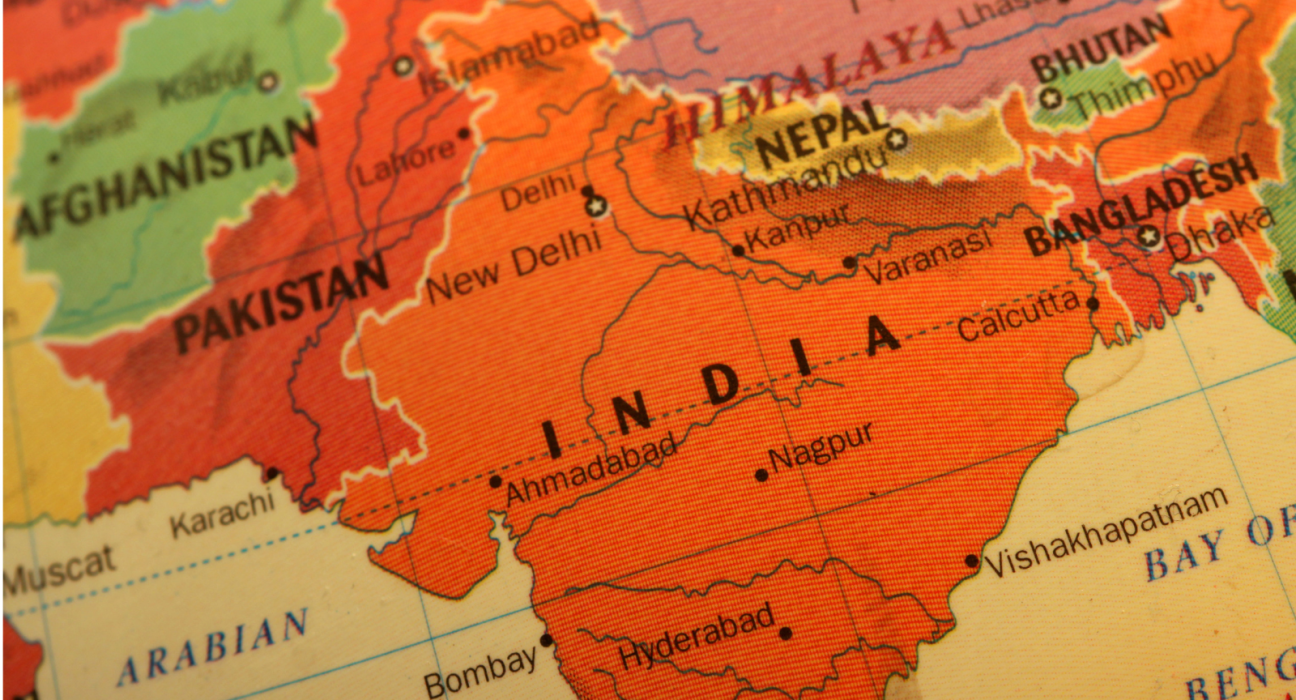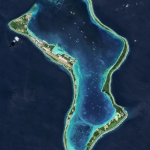The recent Pahalgam strike in Kashmir (2025) has once again brought into sharp focus the fragile ties between India and Pakistan. This cycle is not new — we saw similar escalations after the Uri attack in 2016 or the Pulwama attack in 2019. Bilateral relations have been historically tense due to issues such as the Kashmir conflict, the numerous military conflicts fought between the two nations and constant terrorism, as well as the resentment that many Pakistanis feel for India’s domination on the subcontinent. The Kashmir region has been the core dispute since independence in 1947. India says it is an essential part of its territory, and Pakistan insists it is part of its territory because it is overwhelmingly Muslim. This conflict culminated in three full-scale wars — in 1947–48, 1965, and 1999 (the Kargil War) — and many smaller skirmishes. Each conflict has been followed by a temporary peace agreement, but the root cause has yet to be addressed, posing the perpetually unsettled dispute as an obstacle to the long-term geopolitical stability in South Asia.
The Pahalgam attack generated a wave of nationalist sentiment throughout India, shaping government policies, public conversation, and foreign relations. The Indian government did not hesitate to respond by invoking national security and territorial sovereignty. Attributing the attack to Pakistan-based militant groups – Lashkar-e-Taiba and its proxy, The Resistance Front, India took a series of diplomatic and economic steps in response. Pakistan denied involvement. India reacted by expelling Pakistani diplomats, suspending visa services, closing the border, ceasing bilateral trade and freezing the Indus Waters Treaty (1960) under which projects such as Salal and Baglihar existed. Simultaneously, military operations escalated in Kashmir, and developments started emerging since the beginning of the intensified artillery duels at the LoC. Pakistan then suspended 1972 Simla Agreement, breaking commercial relations by closing its airspace for Indian flights, expelling Indian diplomats and reducing the Indian High Commission staff.
The Afghan Factor: A New Strategic Arena
In the meantime, Afghanistan has emerged as a major geopolitical player in this situation, particularly after the Taliban’s comeback. It has become a strategic buffer zone. India wants to limit Pakistan-backed militant activity there, while Pakistan wants to reduce Indian influence. Although Pakistan is the historical backer of the Taliban, their relationship is fraught now. A key cause is the Tehrik-i-Taliban Pakistan (TTP), which has preyed upon Islamabad. Besides, rows over the Durand Line and mass deportation of Afghan refugees by Pakistan, have been fuelling tensions. These steps have also put pressure on Afghanistan’s domestic resources, leading to economic and social turmoil at home and weakening Pakistan’s influence. The result: Afghanistan now wants to hedge its bets and lessen dependence on Pakistan.
Strategic Balancing: China, CPEC, and India’s Regional Goals
What is clear now, in the present scheme of things, is that India is trying to connect with Afghanistan but is maintaining diplomatic communication with the Taliban 2.0 government without formally recognising them. The discussion comes on the heels of recent direct talks between India’s External Affairs Minister S. Jaishankar and Acting Foreign Minister of Afghanistan Maulvi Amir Khan Muttaqi – the highest official-level engagement between the Indian and the Taliban government since the latter took over power in 2021. In the wake of these high-level talks, India has opened a visa services portal for Afghanistan that is also focussed on the education, health and the industry. It has also reaffirmed its commitment to traditional friendship and developmental assistance.
India’s relations with the Taliban have indeed been fraught in the past, with the group often seen as responsible for terrorism. But it’s already delivering humanitarian aid, medical services and medicine to Afghanistan. In addition, Indian-backed projects of the past — whether road building, infrastructure reconstruction and economic rehabilitation — have played a part in helping transform the Taliban’s positive attitude toward India that it has today.
This also tallies with India’s own objective to aptly respond to China, in particular, its growing stakes in BRI and the China–Pakistan Economic Corridor. Given Afghanistan’s interest in stability, it should reinforce its security and economic resilience by strengthening its ties with India and Iran. In this three-way play, every actor acts in response to the others: Pakistan wants a pro-Pakistan regime in Kabul; India would like to see an Afghanistan that is not propped up by terrorists; and Afghanistan is in search of security and independence, free of dependence on Pakistan, China, India, or the Middle East.
Afghanistan’s Position: Seeking strategic Autonomy
In the present context, Afghanistan has not backed either India or even Pakistan, but it did condemn the recent Pahalgam incident. India and Pakistan want to keep communication channels open with Afghanistan — India directly; Pakistan through China. There are some subtle signs of Afghan empathy for India seen on social media. According to analysts, Pakistan’s continued meddling in Afghanistan, ranging from border policies to military operations to the ongoing Durand Line friction, has generated animosity among the Taliban leadership and Pakistan has lost its credibility among them. And, while Afghanistan is officially mum in order not to escalate things further, segments of its elite and public seem to be leaning toward India.
Tensions are at a peak between India and Paki¬stan, however, both have walked themselves back from the brink of war — with the United States having had the greatest influence in the process. Operation Sindoor is India’s latest surgical strike — much like the post-Uri (2016) and the post-Pulwama (2019) Balakot strikes — with the purpose of exerting strategic pressure, not precipitating war. Scuffles, drone activity and military manoeuvres have been more symbolic than escalatory. And because both countries are nuclear powers, war would be disastrous — not just for them, but for the broader South and Central Asian region. Afghanistan is strategically located in the middle of this crisis – but a peaceful end to the standoff is possible as long as diplomacy holds sway and there is efficient multilateral engagement. A number of players from the international community including the United Nations (UN), United States (US), Russia, China, and Iran are playing an active role in de-escalation. Ultimately, what is needed to solve the current dispute in favour of India is the building of Afghanistan as a safe, inclusive, and democratic country. Thus, it is a regional security architecture that is needed for long-term peace.




